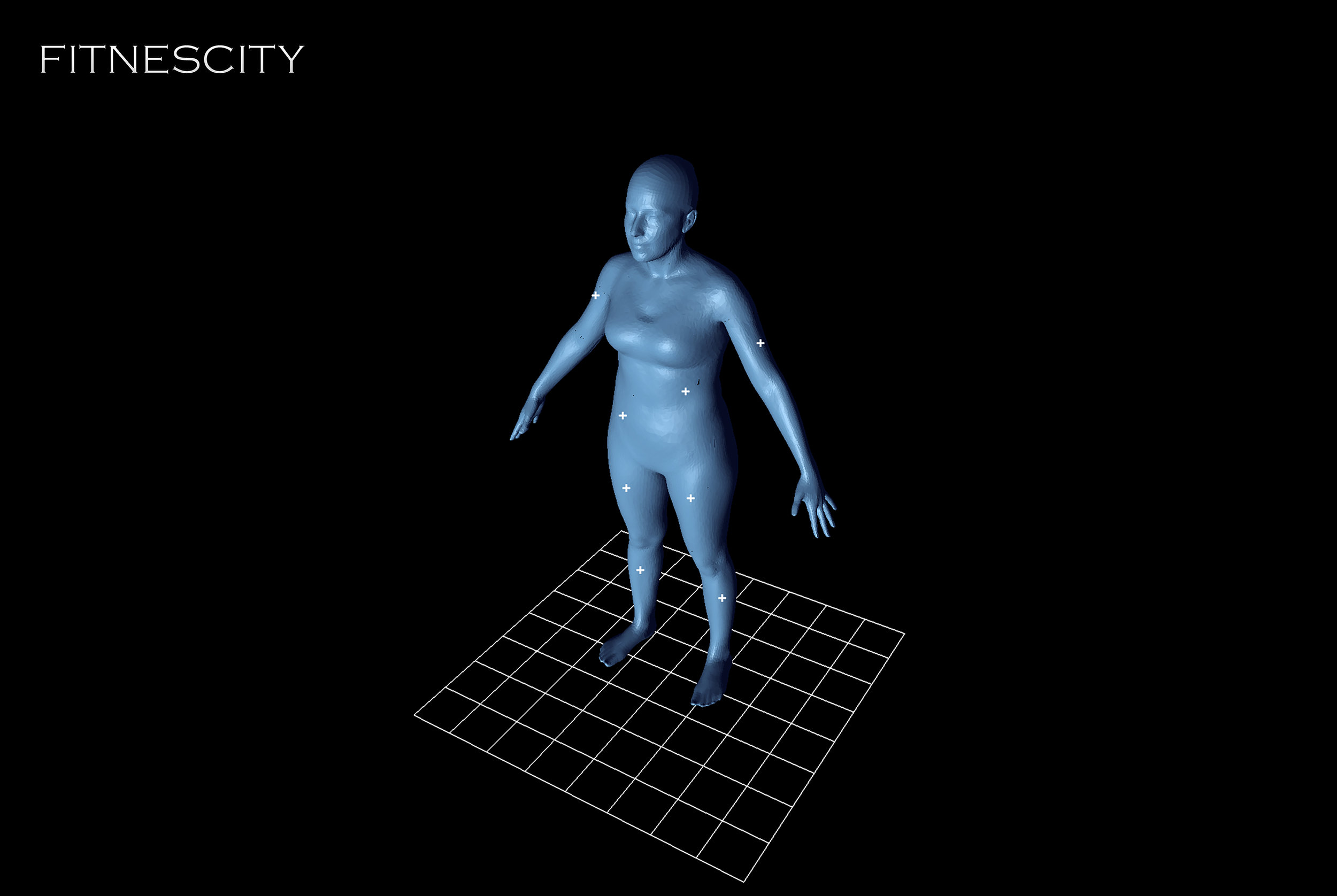Definition
Anthropometry has long been performed to measure physical variations in human subjects and understand human body size and shape. Trained personnel have traditionally played a key role in taking measurements with the use of instruments such as tapes, calipers and stadiometers.
Today anthropometry can be performed with three-dimensional body scanners.
Once a scan is taken (a 40-second process), the scan data is used to generate measurements, along with a three-dimensional view of the body.
The output of whole body scanners is a cloud of points, which are typically converted into a triangulated mesh. This step is used to support the 3D visualization of the surface and the extraction of meaningful anthropometric landmarks and measurements.
Benefits
3D body scanning is a fast and reliable tool for collecting body measurements. A scale might indicate that the subject has gained or lost weight, but it does not show weight distribution (i.e. where these changes have happened). It also does not indicate whether the subject has gained body fat or lean mass in various body parts.
Waist-to-Hip ratio as an indicator of health risks: World Health Organization; NIDDK
Research
Waist-to-hip ratio and body mass index as risk factors for cardiovascular events in CKD.
Reliability of a 3D Body Body Scanner for Anthropometric Measurements of Central Obesity.
A personalized health monitoring and diagnosis system using 3D body scanning technology.
The impact of 3D body images on motivating weight loss in overweight individuals.
Limitations of BMI as a Health Indicator: 3D Body Scanning as an Alternative to BMI
The BMI is an attempt to quantify the amount of tissue mass (muscle, fat, and bone) in an individual, and then categorize that person. However, the BMI does not indicate weight distribution. It also does not differentiate between body fat and lean mass.


